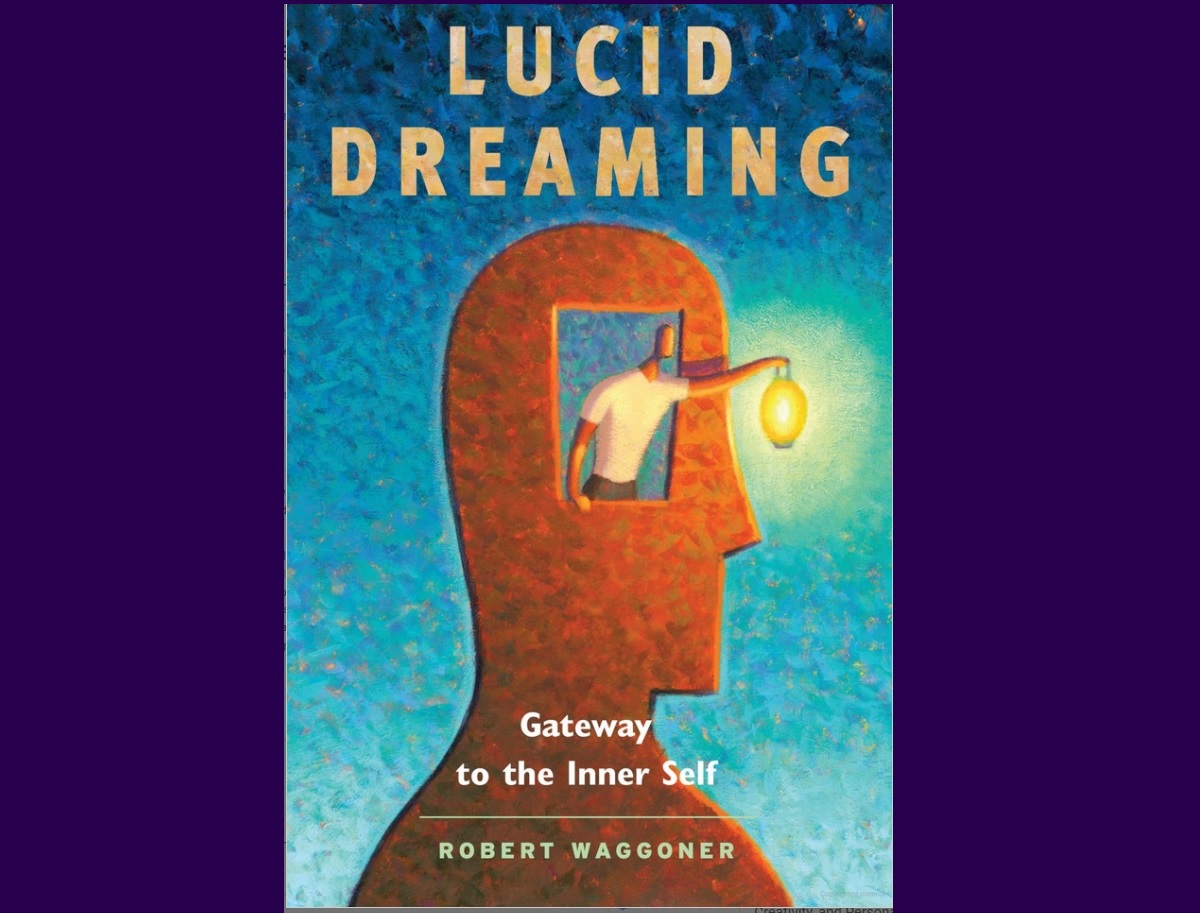
I am often asked if it is true that every aspect of a dream represents some part of the dreamer. The answer is both yes and no. Yes: the characters and even the objects or settings in a dream can represent various parts of our selves, and this is a fascinating way of looking at a dream that can reveal some of our deepest truths. And, No: sometimes a dream interaction with another person is there to shed some light on our actual relationship with that person. Can it be both? Yes. Even if the dream is showing us about our relationship with another person, it can be enormously beneficial to look at that person as if they were a part of us. Doing so can greatly enhance our understanding and the quality of our relationships.
This is where dreams, and the human psyche, are very holographic. Each of us has within us all the qualities of humanity, whether or not we express them. So whether we dream of an interaction with our brother, boyfriend, boss, spouse, friend, or foe, we can gain powerful insights about the other person and our relationship with them. At the same time, by empathically merging with our perception of another person we learn amazing things about our self in the process.
One way to experience this is to have the dreamer speak as a person or character from the dream. A dream worker may facilitate the process by asking questions of the dreamer, as the dreamer imagines embodying the dream character and answers as that person. Another way, coined by Fritz Perls, is to have the dreamer sit in one chair as his or herself, and begin a dialogue with the dreamed about person, imagining that person sitting in an empty chair in front of them. Then the dreamer moves to the empty chair and answers as if they were the other person. The dreamer can move back and forth continuing the dialogue until some kind of resolution is reached. If we look at the dream as intrapsychic – meaning that all the characters and elements of the dream represent part of our self – this process facilitates integration of internal conflicting parts. When we are not at war within our selves, it is much easier to have peaceful relationships with others.
Either of these methods of dialogue may be done with the dreamer imagining they are another person from their dream, however the dreamer can also embody the role of an object, animal, or setting from the dream. Any of this can also be done to facilitate a deeper understanding of our waking life relationships, whether or not we recall a dream to work with.
This technique of taking on the role of another person (or object or setting) is only one of many different ways of working with dreams to understand their meaning and the messages they wish to convey to us.



